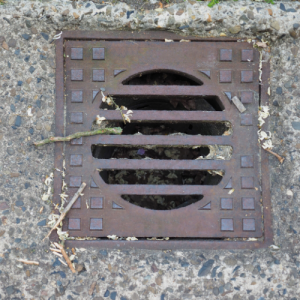In 1884 2,000 people lived in Richmond. That year, close to the municipal center and four sanctuaries, the town had a bank, sugar plants and treatment offices, and six schools. Cotton, corn, creatures, hideaway, sugar, and molasses were being sent from the town is richmond texas a good place to live . A wooden framework across the Brazos was worked at Richmond around 1888, and when that fell five years sometime later it was replaced by a sturdier steel structure. Coincidentally, almost because of contention from Rosenberg and other new towns filling nearby around then, Richmond’s general population dropped to 1,500 by 1890 and 1,180 by 1904. A tremendous flood included the town in 1899. Richmond’s economy remained subject to cultivation until the 1920s when oil creation began in the region. By 1934 there were eight making oilfields and a sulfur mine inside an eight-mile scope of the town. During the 1930s walkways were loosened up through a critical piece of the town, and an immense common pool was developed; Richmond’s inhabitants moreover embraced a security group that upheld different other local area overhauls, including another city hall, a state of the art water structure, and new extinguishing fires gear. Anyway area agricultural creation persevered during the Great Depression, the incorporation of cotton cultivators maintained two colossal cotton gins in Richmond, and the town furthermore had an enormous water framework siphoning plant that gave water to rice fields close by. No matter what the upgrades, an explorer going through the town during the 1930s still trusted Richmond’s “fine old white edge homes of the farm type” which gave the town “the nature of the Deep South.” The town’s general population rose from 1,273 in 1920 to 1,432 by 1930, and 2,026 by 1940. Beginning in the last piece of the 1940s people began moving to the Richmond-Rosenberg locale to head to occupations in Houston, and the example was reinforced during and after the 1950s. As needed the town’s general population grew rapidly, climbing from 2,026 in 1950 to 3,668 by 1960, to 5,777 by 1970, and 9,692 by 1980. As Richmond and Rosenberg grew together the towns logically planned being created and organize projects. By 1990 9,801 people were living in Richmond. The general population came to 11,081 out of 2000. Striking central focuses in Richmond integrate the Morton Cemetery, the 1883 John Moore Home, the Long-Smith Cottage, the McFarlane Visitors Center, the critical region municipal center, and various noteworthy homes.
History :
In 1822, a get-together of Austin’s trailblazers went up the Brazos River, ending near present-day Richmond where they developed a fortress called “Stronghold Bend”. Named after Richmond, England, the town was among the 19 metropolitan networks initially solidified by the concise Republic of Texas, in 1837. Early tenants of the city recall various recognizable figures for Texas legends like Jane Long, Deaf Smith, and Mirabeau Lamar, who are canvassed in Richmond. On August 16, 1889, the town was the site of the “Conflict of Richmond”, an outfitted fight ending up back at square one in the Jaybird-Woodpecker War, a severe battle about post-Reconstruction political control of Fort Bend County. The city corridor pioneer from 1949 until his passing in 2012 was Hilmar Moore.

By and large, Richmond had government workplaces and not-for-benefits relationships, while most of the area’s private associations were arranged in Rosenberg.




